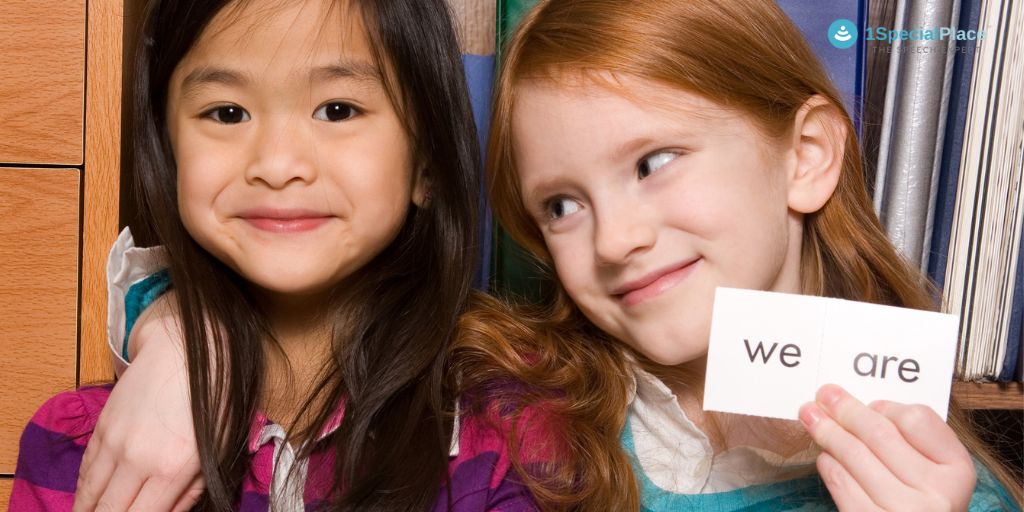
All About Sight Words
What are Sight Words?
It is also called high-frequency words, bingo words, or even popcorn words. While reading sentences, these words emerge out repeatedly and often they aren’t phonetically justified. Hence these words need to be memorised by spelling them and also by remembering “how they look”.
The idea of remembering a word by its visual pattern is something that is crucial for fluent reading, even with us as adults. The simplest example of this can be recognising our own name: sorting it out from a list of other names, pointing it out in a spread-out of labeled notebooks, or maybe identifying the right lockers. We can make out a brand name from a distant fly-over and gauge the destination of the gushing metro, instantly in the very first glance. As grownups, we no longer read any old word phonetically. By human nature, visual learning has been a gift, and reading has been its most fruitful outcome.
What are the best ways to learn Sight words?
In order to develop fluency in reading as young readers, it is important to strike a balance between acquiring words phonetically and memorising sight words.
There are some readymade lists available as Dolch or FRY sight words. The goal is to familiarise a child with these words in various mediums and evaluate frequently to register the correct spellings of them.
One such common method of introducing new words is “look-cover-write-check”, which is literally, looking at the word to record it visually, cover to write the word by oneself, and then check it to confirm.
Another way is to dictate contextual sentences to the child, including the targeted sight words in them. For young readers, books by “Dr. Seuss” are very popular to teach sight words through its repetitive yet fascinating style.
Why necessary?
Sometimes, there is a very little scope of teaching words through phonetic rules, and it’s only due to the diagnosed condition of the child. In these cases, sight word are the only way out to proceed with reading.
Often children with good visual memory, also in the case of children with autism, do very well with this technique. The transition of words to sentence formation is also very interesting, as the child uses words like the jigsaw pieces to fit into the sentence. And there are teaching aids to help this method of sentence formation in children. At times, this idea is a blessing for the children who are even non-verbal.
Observing normal development is often the key to develop strategies for creative teaching. It’s miraculous to see how a strange idea works for a particular child, and also benefits some others with similar conditions. Usage of sight words is also one of those odd ideas that have become so popular in the last decade in our country, as well.
Read a detailed blog on Speech therapy tips for non-verbal children
What are some easy activities for Sight Word Learning?
Though teaching should be customised to the age, level and interest of the child, here are some easy ideas to get started with sight words with your children.
- It Treasure Hunt in a room
- Find matching sight words on a Wall
- Spot the sight words in a magazine/ book
- Sight Words on Post its and swat with a Fly beater
- Ice cream sticks Sight Word Game
Leave us a reply to share your thoughts about using Sight words.
- Tips to Teach Maths to Children - November 29, 2022
- Top 10 Tools to Teach Writing for Children - August 23, 2022
- Tips to teach phonics to your child - March 1, 2022


Leave a Comment
(0 Comments)